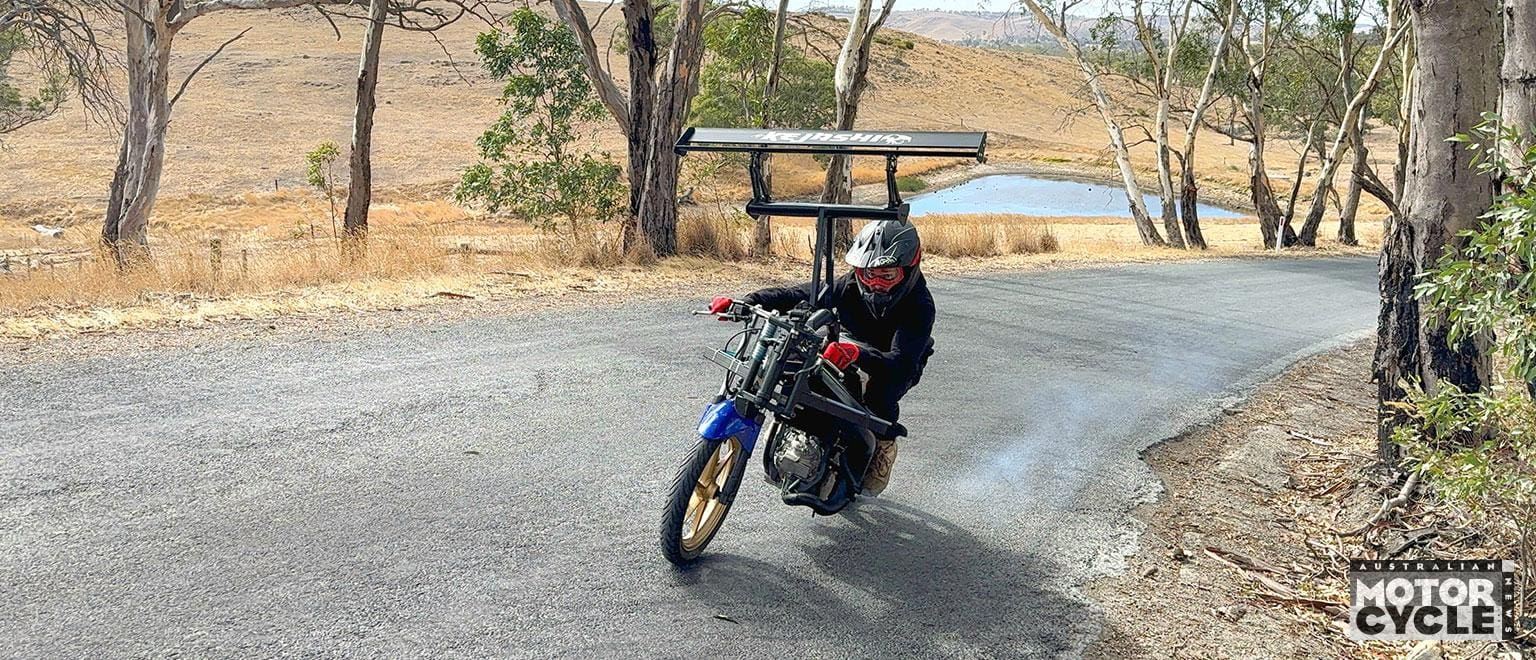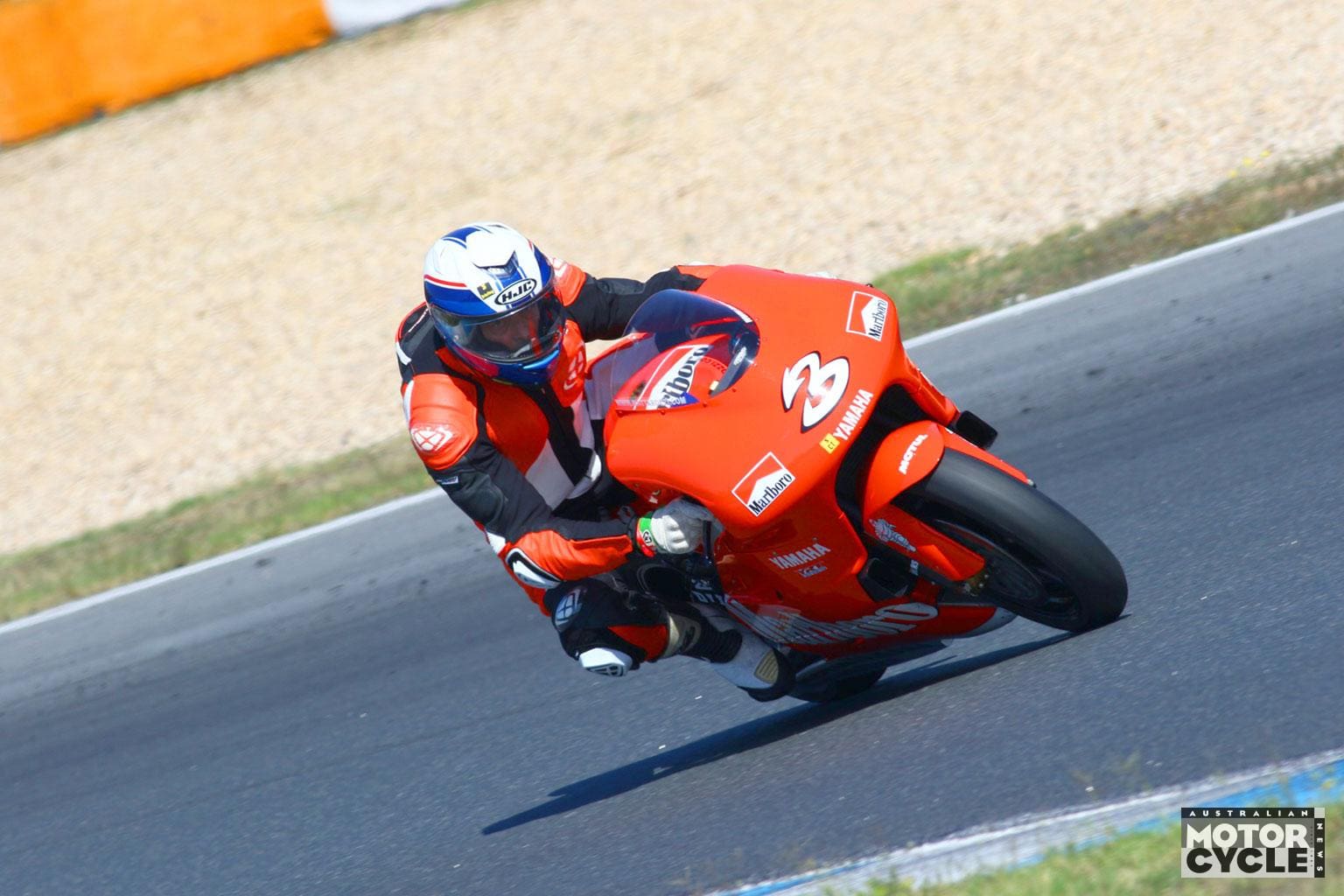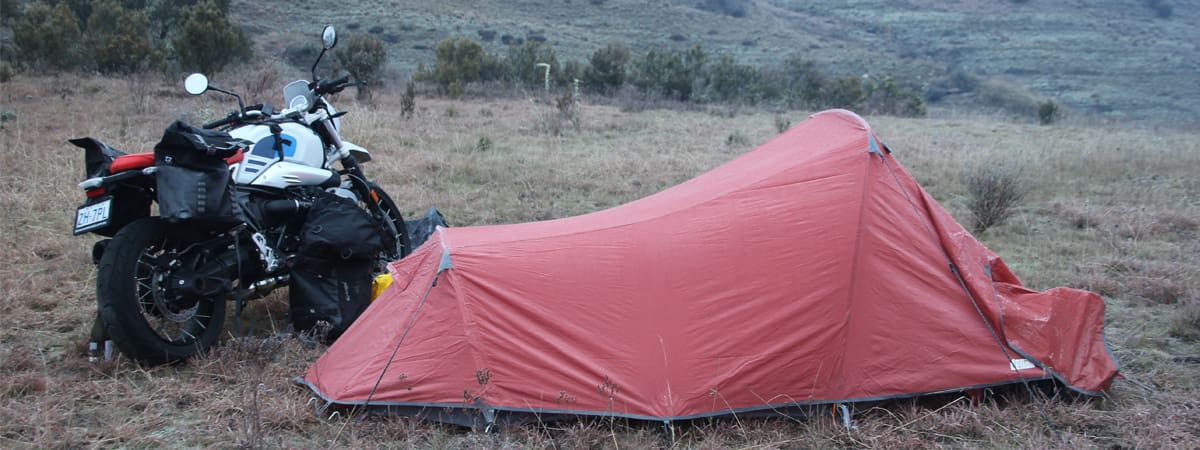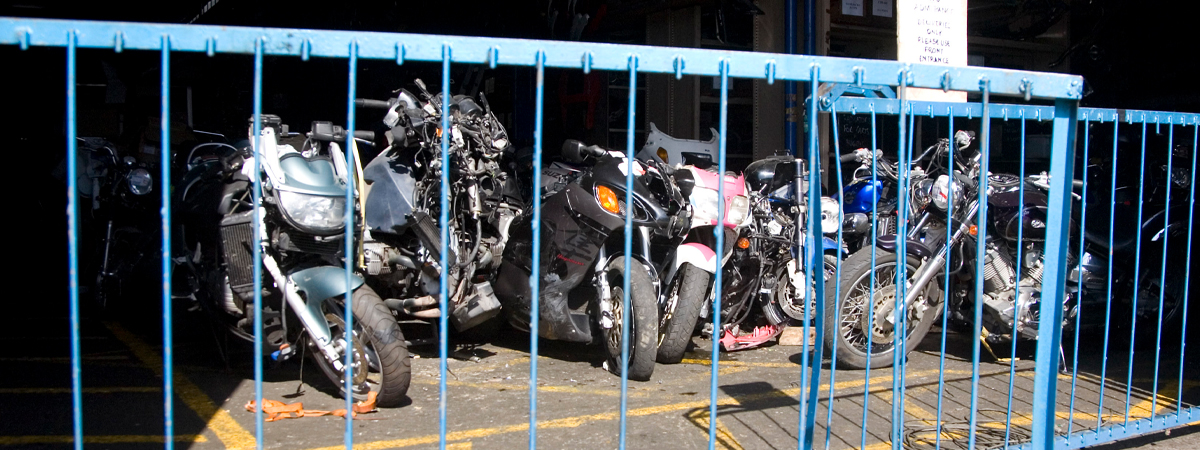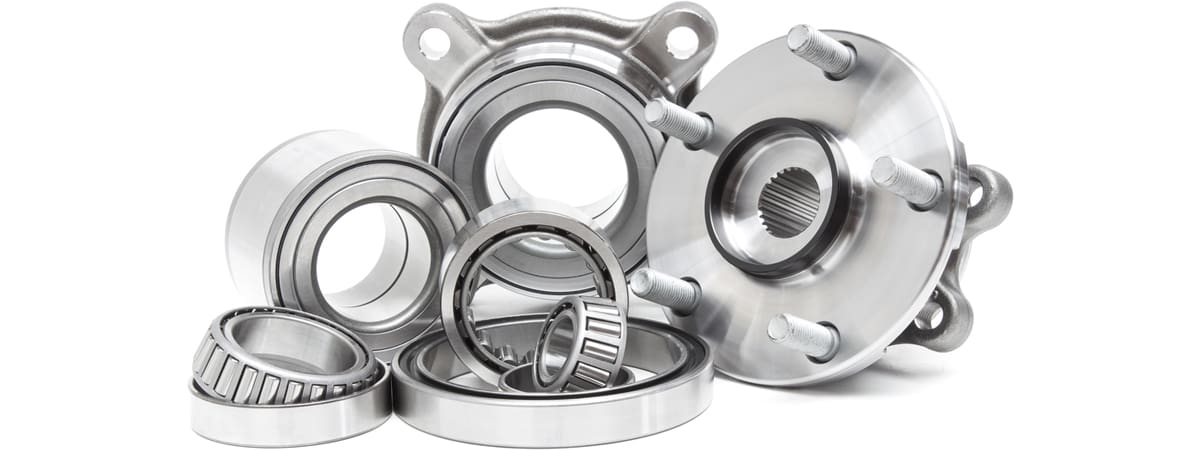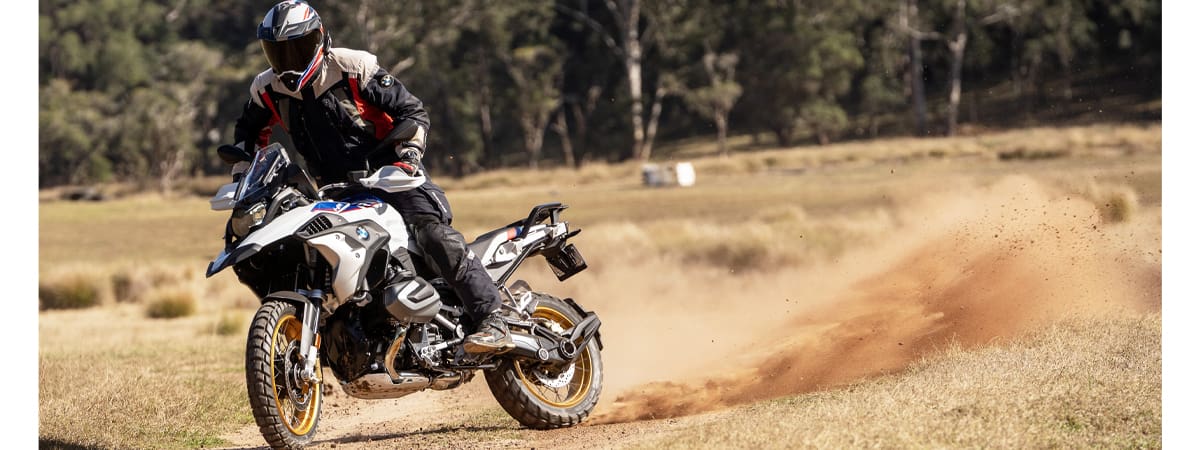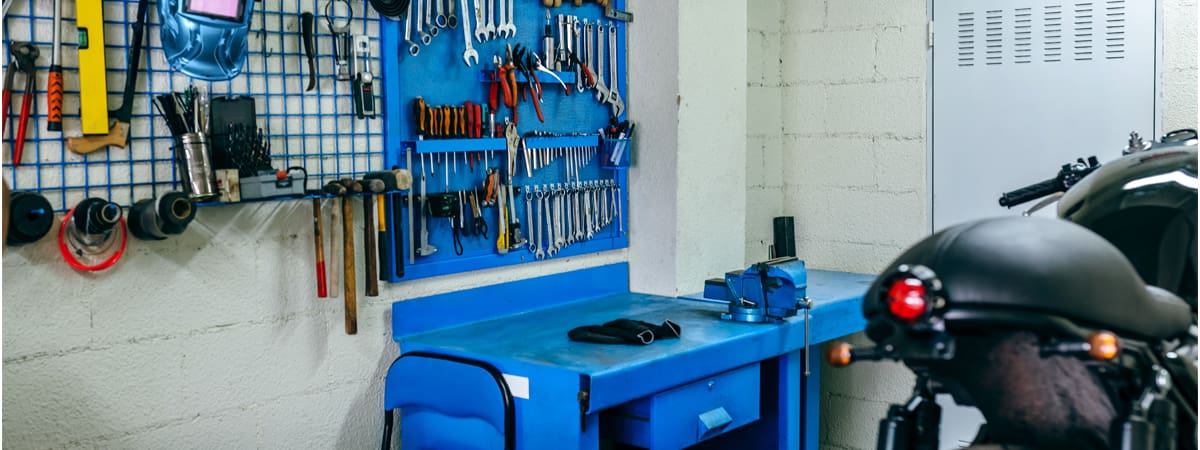Do all those numbers on the side of my tyres actually mean anything?
Yes … and no.
Although the size of a tyre is always displayed on its sidewall, it’s not always entirely correct. The last number in the sizing sequence signifies the rim diameter, and will always represent the only wheel diameter the tyre is suitable for. However, the first set of numbers refer to the tyre’s aspect ratio, and these are very rarely 100 per cent accurate. The aspect ratio loosely describes the tyre’s profile, and is displayed as the width of the tread area in millimetres, and then the height of the sidewall given as a percentage of the width, in that order.
I say loosely describes, because the tolerance band that manufacturers have to play with is up to 7 per cent. Which means your 200/55 ZR17 could be closer to a 220/60 or 180/50, but it will always have an internal diameter designed for use exclusively on a 17-inch rim.
The figures that follow the size sequence are the tyre’s load rating, and will contain a number followed by a letter. The number is a reference to the load index and corresponds to the tyre’s maximum load in kilograms. The letter represents the maximum speed at which the tyre is able to carry that load (see load and speed index tables to the right).
The width of rim it’s fitted to also significantly affects a tyre’s profile and performance. A wider rim will flatten the tyre’s profile and increase stability, and a narrower one will sharpen its profile and with it the bike’s steering.
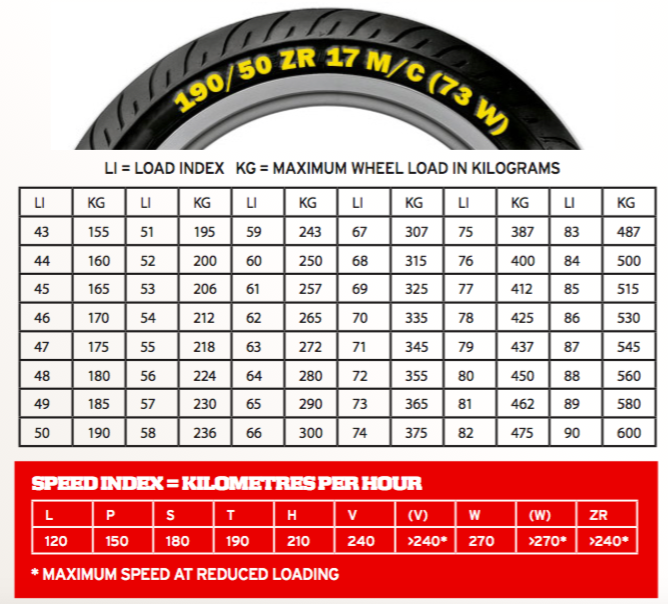
Why so many bloody sizes? Surely they could just make ’em in small, medium and phat
There is definitely one size of front and rear which works best for each individual combination of budget, bike, rider, road and weather conditions. But because all those things can vary, it takes thousands of options to keep the world’s motorcycles rolling. New sizes are added as tyre technology and motorcycle design evolves, while some sizes fall out of favour and become extinct.
Be aware that bike designs driven by fashion over function may have wheel and tyre choices that compromise performance to achieve the desired ‘look’. There are some notable exceptions to this rule. But even Ducati’s XDiavel, which manages to exude remarkably good handling for a cruiser fitted with such an unfeasibly large rear tyre, could still be improved if fitted with a more conventional but not-so-cool looking 17×6-inch rear wheel.
If a bike has been developed with performance and handling as its absolute priority, OE tyre selection will have been one of the most crucial and intensive stages of development.
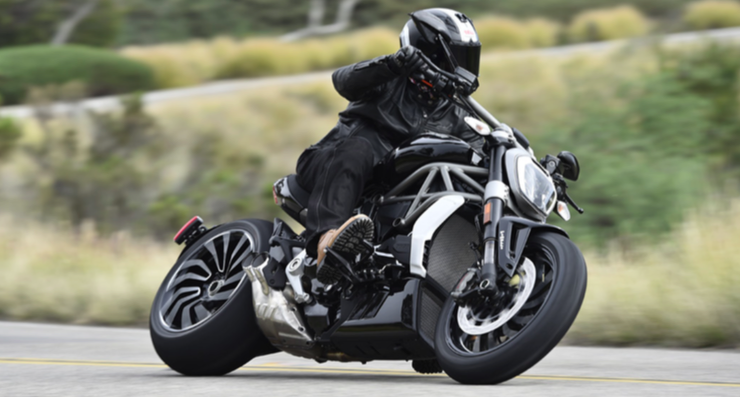
My mate Gnasher told me I should run my tyres on nitro. Is he pulling my peg or what?
Don’t go filling your tyres with nitroglycerine, mate, or you’ll be picking rubber out of your teeth until next Christmas.
Gnasher is onto something though. Nitrogen gas is commonly used for inflating tyres in the racing world, due to its stability at extremes of temperature. But it’s really not necessary on the road.
Tyre pressures are far more critical in racing than for road use, because racing tyres give optimum performance in a very narrow band of pressure. This sweet spot will vary according to the tyre, bike, rider, conditions, type of racing, and could be anywhere from 4psi in a trials tyre to 40psi for some softer construction track tyres.
The pressure in a tyre inflated with plain good old-fashioned fresh air will fluctuate by as much as 20 per cent or more as the tyre wears out and starts to spin and slide, or as the track conditions and temperature change. This is due to the moisture in the air within the tyre. A tyre filled with nitrogen will maintain a consistent pressure over a very wide temperature range.
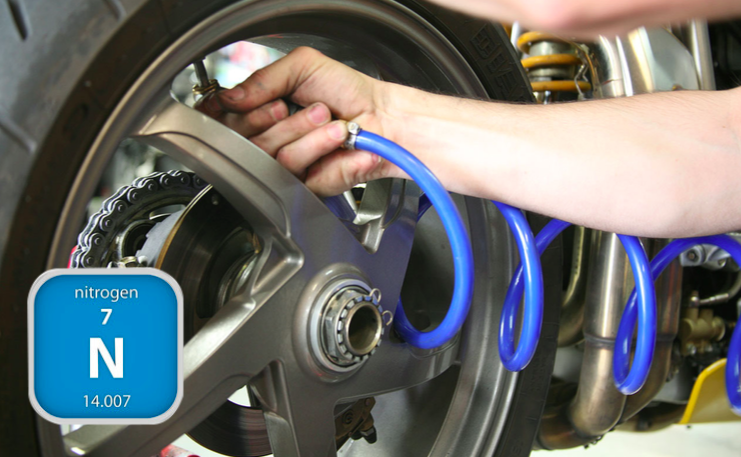
Is a zero-degree belted radial tyre only for riding in freezing cold weather?
Not likely lumphead. The name relates to degrees of angle, but it’s nothing to do with lean angles, and definitely nothing to do with temperature. It’s the angle in relation to the tyre’s rotation at which the cord in the reinforcing belt is laid in the tyre’s construction. So a zero-degree belt runs around the circumference of the tyre, as opposed to a 90º belt (below) which runs across the tyre’s carcass.
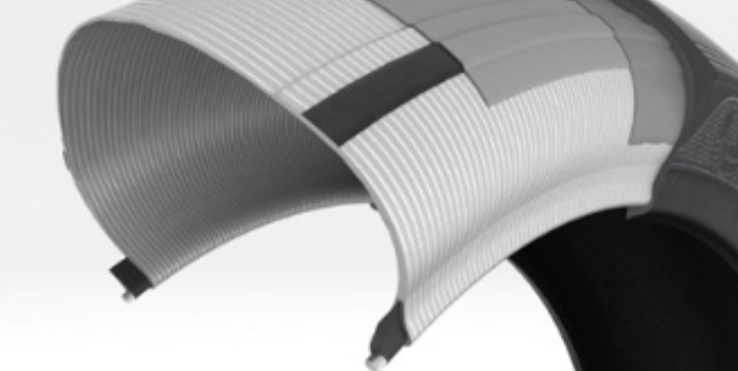
If I don’t replace my tyres with OE fitment rubber will it void my bike’s warranty?
For some warranty issues this could indeed be the case, particularly if you fit a tyre with the wrong technical specification. When you read in a motorcycle test report that the tyres were developed collaboratively between a tyre company and the motorcycle’s manufacturer specifically for that bike, it usually means the bike in question had unique requirements which meant a current off-the-shelf tyre didn’t meet the needs of the bike’s designers and/or development team.
This could be down to styling, performance, packaging, or stability. The last of those four considerations is the most safety critical, but it’s very unlikely that the manufacturer will divulge this as a primary reason for developing a new tyre for a specific bike.
Also consider that bikes that have been developed in a proper and responsible manner are tested right up to their maximum speed, and so a specific tyre may be fitted to make the bike stable at speeds which, realistically, only a small percentage of owners will ever reach. In fact, manufacturers conduct a disproportionately large amount of high-speed and abuse testing purely to protect those engaged in the most extreme and idiotic riding behaviour.
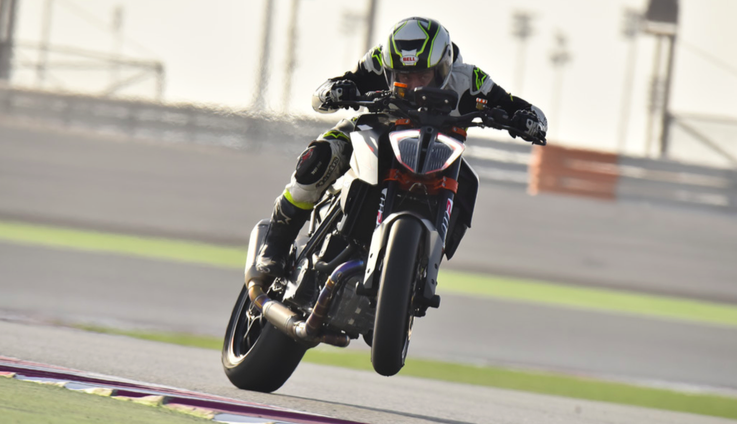
DID YOU KNOW? You did not!
Until 2017, ETRTO (European Tyre and Rim Technical Organisation) standards required all motorcycles be designed with minimum tyre clearances which would allow the fitment of snow tyres. The new regulations are based on the OE tyre’s growth, or fling, at the bike’s homologated maximum speed, and allow a much snugger gap between the tyre and any other part of the bike. So always consult your owner’s manual before fitting spikes!
By Paul Young
